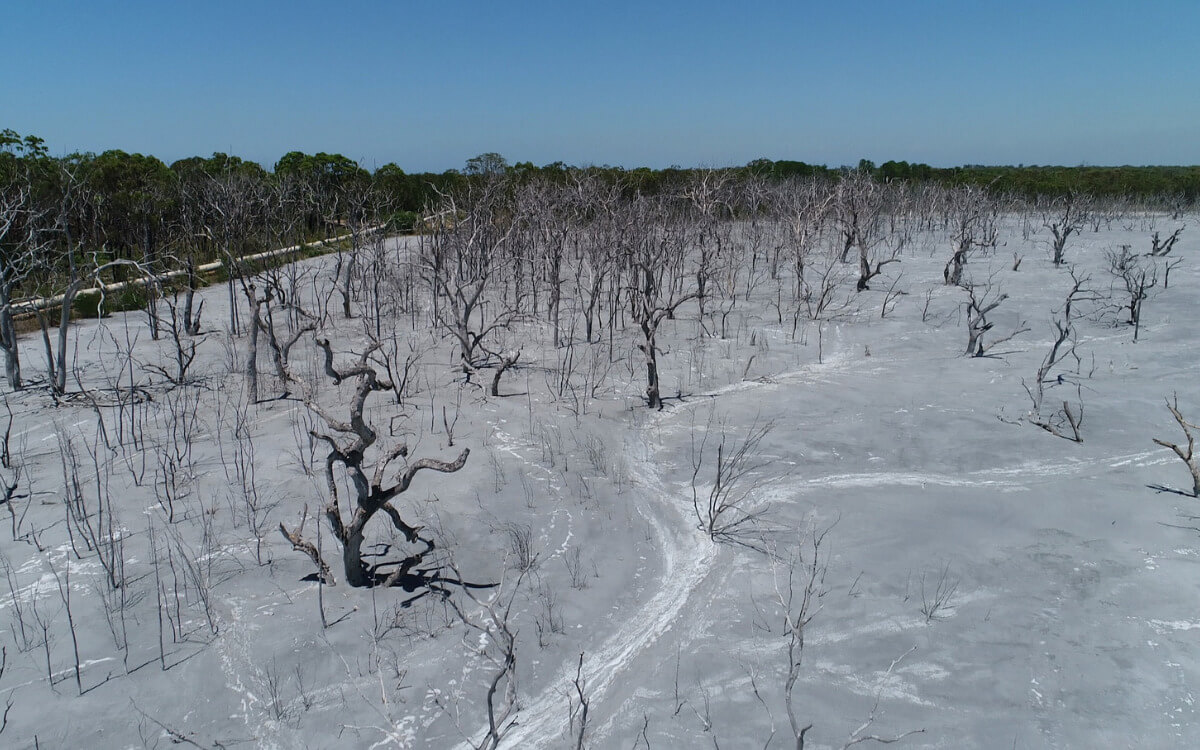30 October 2020
The last round of hearings for the NSW coal ash inquiry happened on 16 October, with the Committee hearing from both the NSW EPA and Dams Safety NSW after EJA suggested they be called to provide evidence. Earlier in October the Committee travelled to Lake Macquarie where it held a round of hearings from community members concerned about living next door to huge, toxic waste sites.
The inquiry hearings were held against the backdrop of AGL Macquarie’s application to expand the Bayswater power station coal ash dam, for which EJA obtained and submitted expert analysis on. We have recommended that the decision on the expansion be postponed until after the coal ash inquiry Committee deliver its recommendations. The Committee is due to report in the first quarter of 2021.
The hearings were also held against the back drop of inadequate fines issued by the NSW EPA to Vales Point power station. EPA issued two fines totally $30,000 to Vales Point after a large stockpile of asbestos and other waste was spread over the 30000sqm area at the power station’s ash dam at a time the power station’s owners are seeking millions of taxpayer money to keep its aging power station operational.
While the inquiry hearings, Bayswater expansion proposal process and Vales Point contamination issues have been unfolding, Newcastle community group Hunter Community Environment Centre (HCEC) released their most recent research into water contamination from NSW coal ash dumps.
Out of the Ashes II is a boarder investigation into the environmental impacts of seven out of eight coal ash dumps in NSW. HCECs investigation found contamination of heavy metals in all of the waterways surrounding the coal ash dumps they conducted tests at.
HCEC’s important and timely work will hopefully impress upon both the Committee of Inquiry and the NSW EPA to further investigate and take action to clean-up coal ash in NSW. Western Sydney University waster scientist Ian Wright, who review HCEC’s work, described the regulation of coal ash in NSW as ‘Dark Ages, Dickensian management of pollution and we need a quantum leap in the management of this.’
EJA has recommended that specific coal ash regulations are made under the Protection of the Environment Operations Act 1997. Until that happens, we agree with Ian Wright’s assessment.


